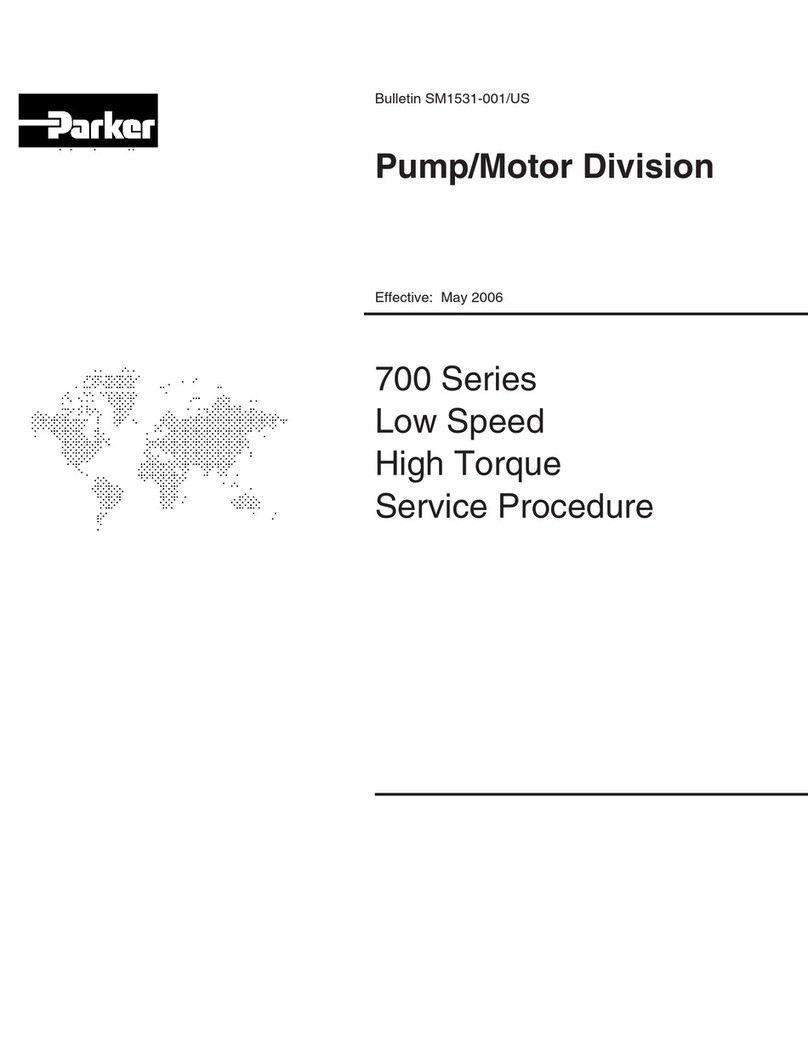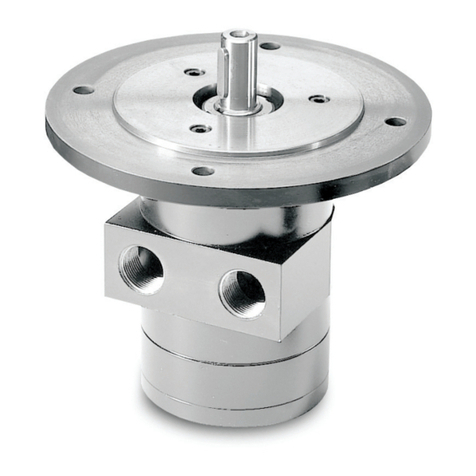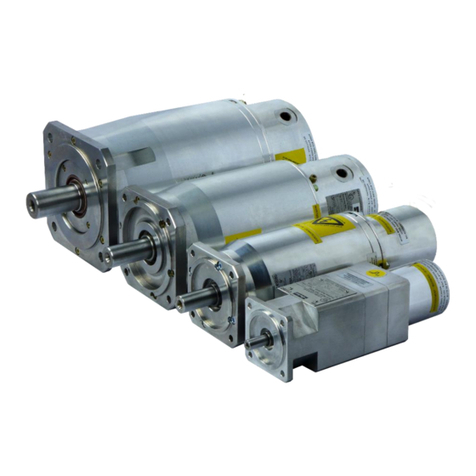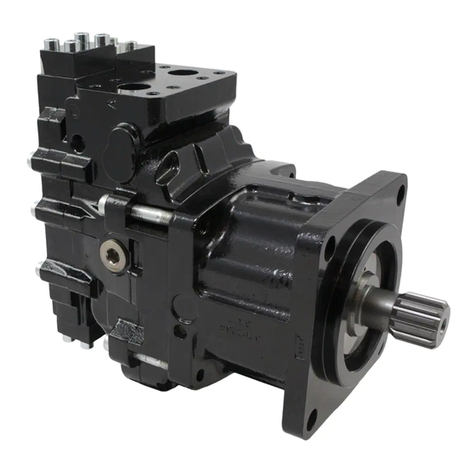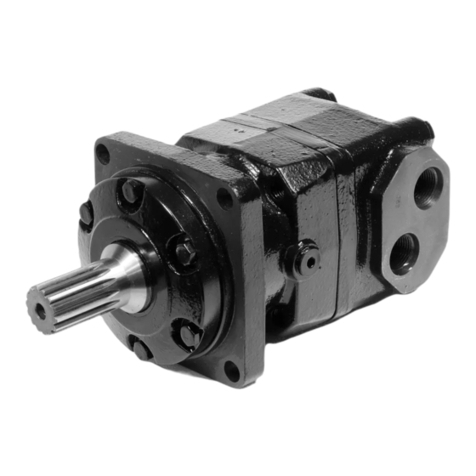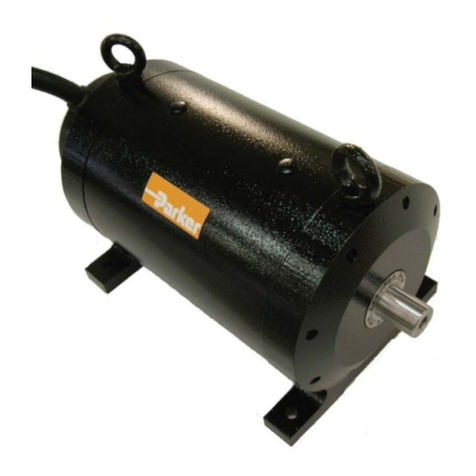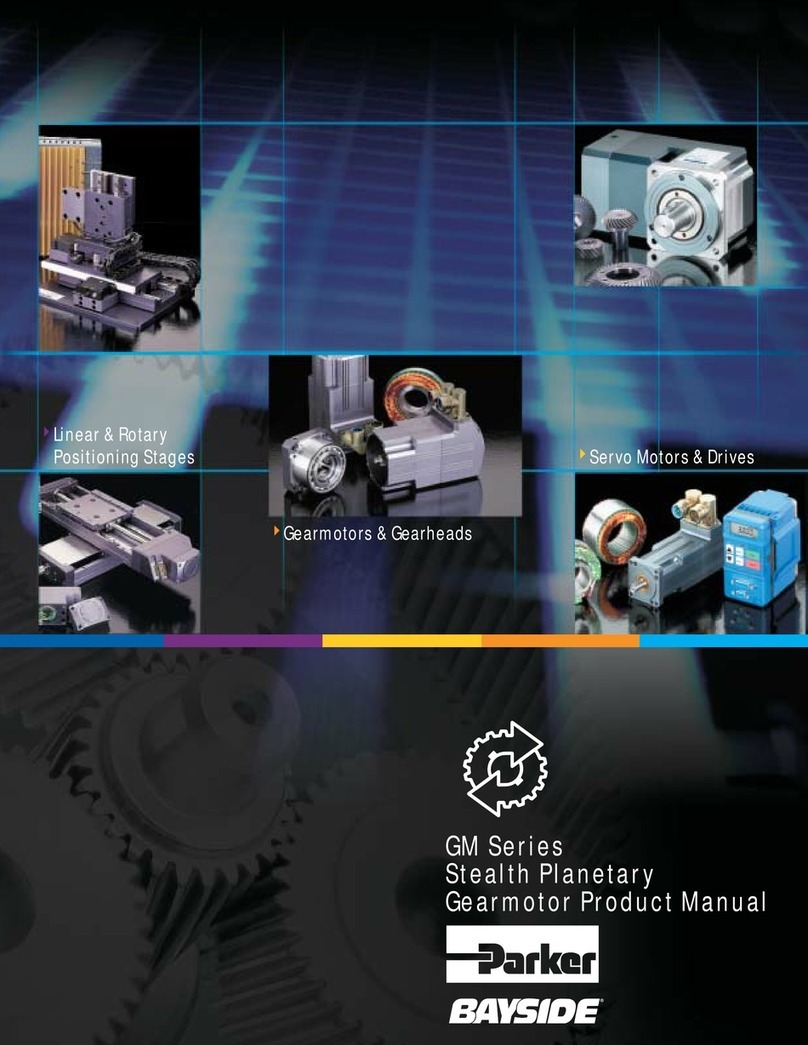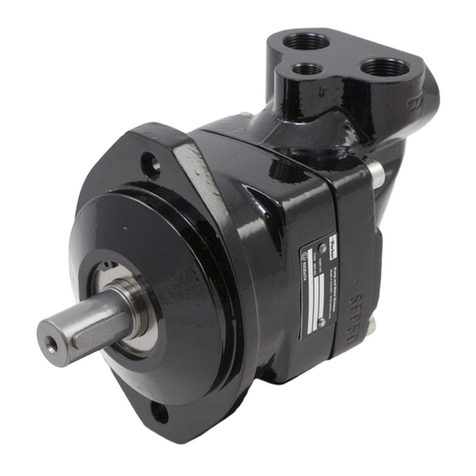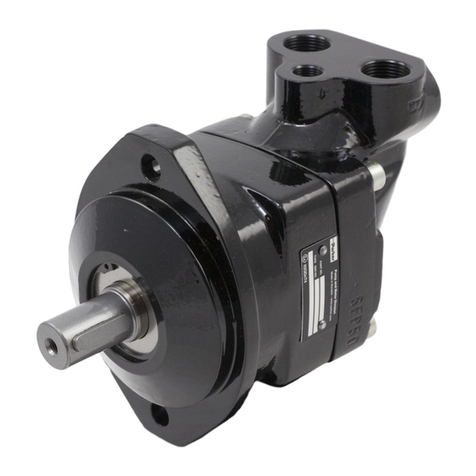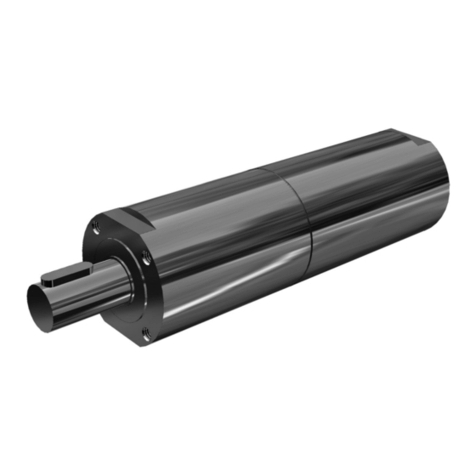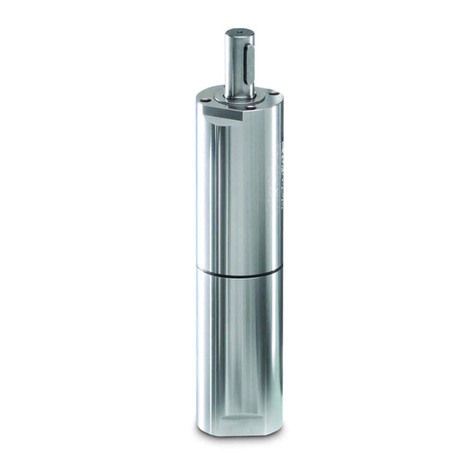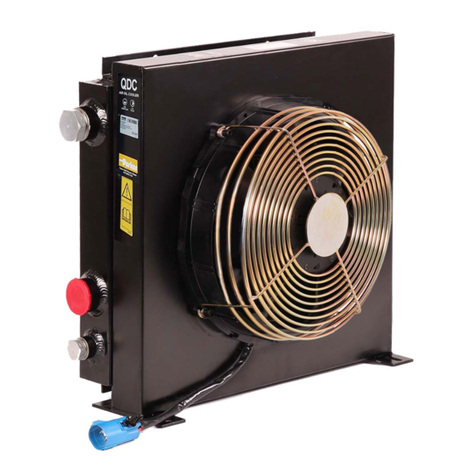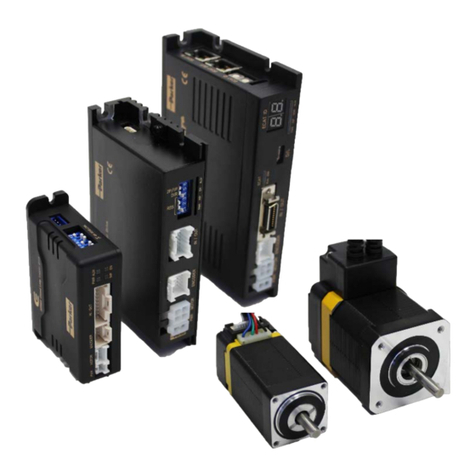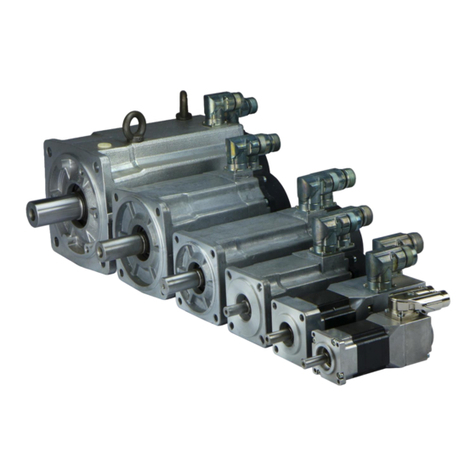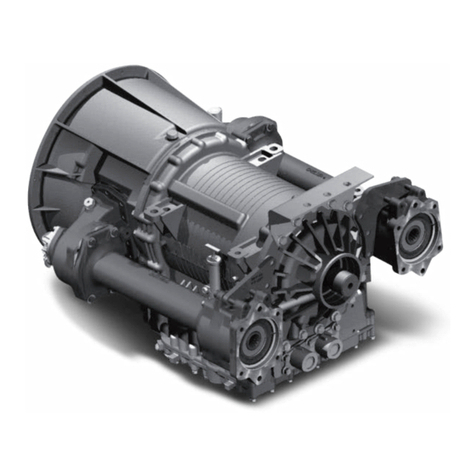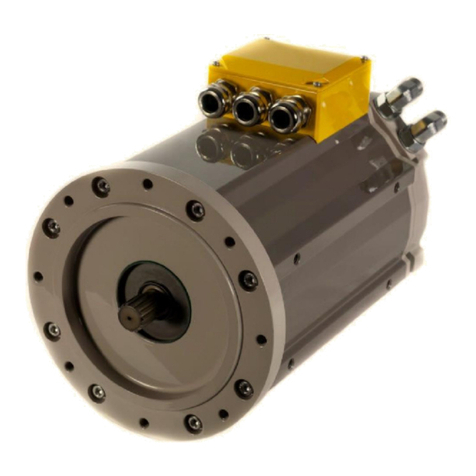
2
P1D Cylinder
05.03
www.parker.com/euro_pneumatic
SALE CONDITIONS
The items described in this document are available for sale by Parker Hannifin Corporation, its subsidiaries or its authorized distributors. Any sale contract entered into by Parker will be governed by the provisions
stated in Parker’s standard terms and conditions of sale (copy available upon request).
WARNING
FAILURE OR IMPROPER SELECTION OR IMPROPER USE OF THE PRODUCTS AND/OR SYSTEMS DESCRIBED HEREIN OR RELATED ITEMS CAN CAUSE DEATH, PERSONAL INJURY AND
PROPERTY DAMAGE.
This document and other information from Parker Hannifin Corporation, its subsidiaries and authorized distributors provide product and/or system options for further investigation by users having technical expertise.
It is important that you analyze all aspects of your application and review the information concerning the product or system in the current product catalog. Due to the variety of operating conditions and applications
for these products or systems, the user, through its own analysis and testing, is solely responsible for making the final selection of the products and systems and assuring that all performance, safety and warning
requirements of the application are met. The products described herein, including without limitation, product features, specifications, designs, availability and pricing, are subject to change by Parker Hannifin
Corporation and its subsidiaries at any time without notice.
Important!
Before carrying out service activities, make sure
the cylinder is vented. Before disassembling the
cylinder, disconnect the primary air hose to
ensure that the air supply is interrupted.
NOTE!
All technical data in the catalogue are typical
values.
The air quality is a major factor in the service life
of the cylinder, see ISO 8573-1.
Contents page
ISO cylinder family, P1D ................................................................................. 3
P1D Standard ................................................................................................ 4
P1D Clean...................................................................................................... 6
P1D Flexible Porting ....................................................................................... 8
P1D Tie-Rod................................................................................................. 10
Design variants ............................................................................................ 11
Main data: P1D ............................................................................................ 13
Cylinder forces ............................................................................................. 13
Standard stroke............................................................................................ 14
Material specification ................................................................................... 15
Cushioning characteristics ........................................................................... 15
Guide for selecting suitable tubing ............................................................... 16
Introduction to the ATEX directive ................................................................. 18
Dimensions P1D Standard ........................................................................... 22
Dimensions P1D Clean, P1D Tie-Rod, P1D Flexible Porting .......................... 23
Order key P1D Standard and P1D Tie rod .................................................... 24
Order code standard strokes P1D Standard ................................................. 25
Order key for cylinders with factory fitted accessories ............................. 26-34
Order code standard strokes P1D Clean ................................................. 35-37
Order key P1D Flexible Porting ..................................................................... 38
Order code standard strokes P1D Flexible Porting ....................................... 39
Order key P1D Clean and P1D Flexible Porting combined ............................ 40
P1D complete working unit with factory fitted valve .................................. 41-43
P1D cylinder with piston rod locking ........................................................ 44-47
P1D with rod guidance modules .............................................................. 48-51
Cylinder mountings ................................................................................. 52-56
Piston rod mountings............................................................................... 57-58
Combinations, mountings ........................................................................ 59-60
Accessories ................................................................................................. 61
Combinations, cylinders ............................................................................... 62
Electronic sensors and Reed sensors ...................................................... 63-64
Connecting cables and cable connectors ............................................... 65-66
Connecting cables with one connector+ ...................................................... 66
Connection block Valvetronic 110 ................................................................ 67
P1D Seal kits ................................................................................................ 68
Complete working units – ready for installation.............................................. 69
Main order code P1D .............................................................................. 70-74
